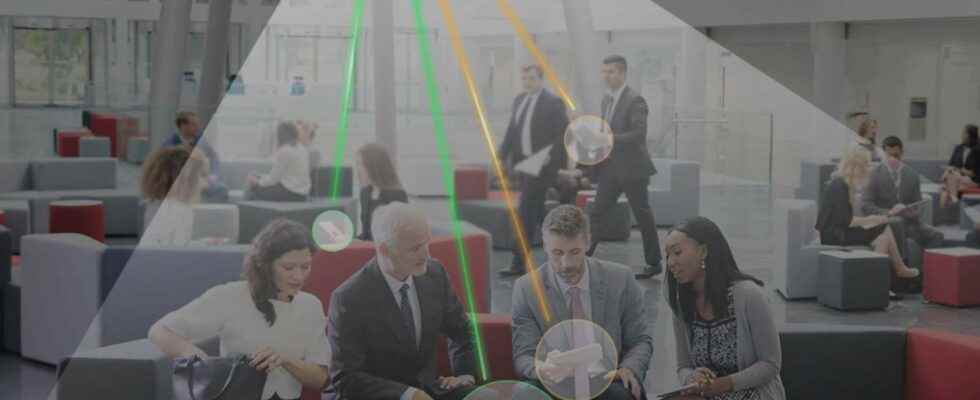Korean researchers have succeeded in creating a “long distance” wireless charging device. Thanks to an infrared laser, the device can power devices located about thirty meters away.
You will also be interested
[EN VIDÉO] Laser Mysteries Solved This video from the superb Tous quantiques series visualizes the principles of the laser, this beam of light where the photons are all on the same frequency and in phase. Einstein predicted it. Others realized it, much later, and this coherent light is omnipresent in our societies today.
Wireless charging smartphones only works over a very short distance, requiring the user to put the device on the charger and align it correctly. Researchers from Sejong University in South Korea are proposing a new technology for charge devices which works this time on 30 meters. They published the details of their invention in the journal Optics Express.
The current is sent by a transmitter, installed on the scale of a room, consisting of an amplifier with fiber doped witherbium. It produces a ray of light infrared with a wave length central 1,550 nanometers. The receiver consists of a lens retroreflective spherical which concentrates the beam on a photovoltaic cell.
A system that charges devices from a distance of 30 meters
The device is small enough to be integrated into connected objects and even a smartphone. The infrared light must be transmitted in a straight line, without obstacles. This is the reason for choosing the retroreflective spherical lens. It returns part of the ray laserwhich facilitates alignment and allows the transmitter to switch to a low intensity mode if an object blocks the transmission, thus becoming safe for human beings.
The researchers succeeded in transmitting a beam of 400 milliwatts over 30 meters, which was converted to 85 milliwatts on arrival, i.e. an efficiency of 21.25%. This first prototype is only a proof of concept. The researchers plan to optimize the laser and increase the efficiency of the photovoltaic cell in order to be able to transmit more current over a longer distance. They also hope to adapt their device so that they can power several devices simultaneously.
Interested in what you just read?
